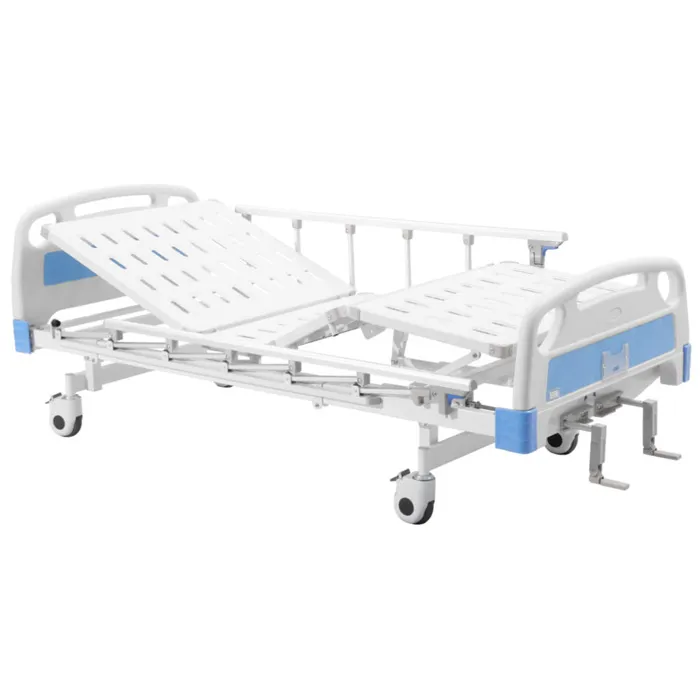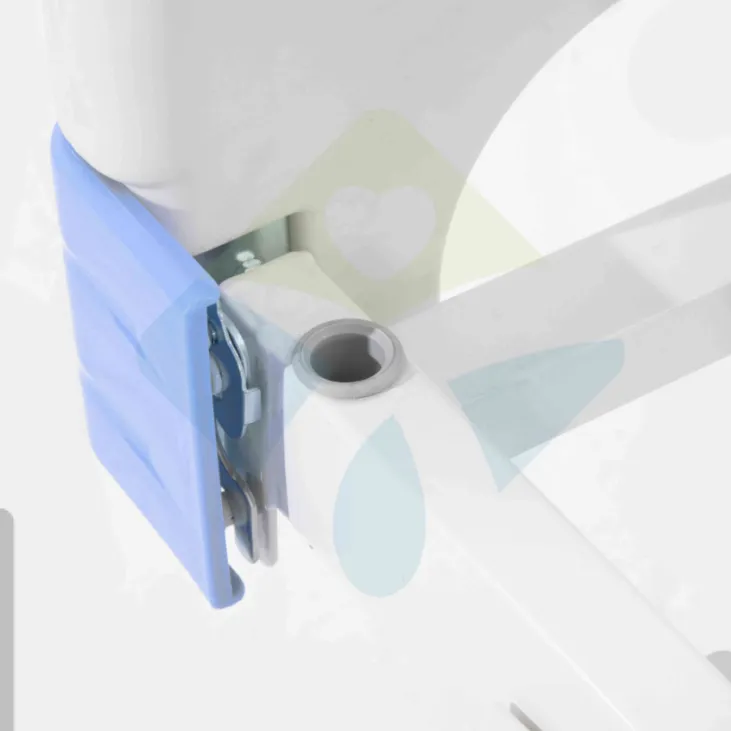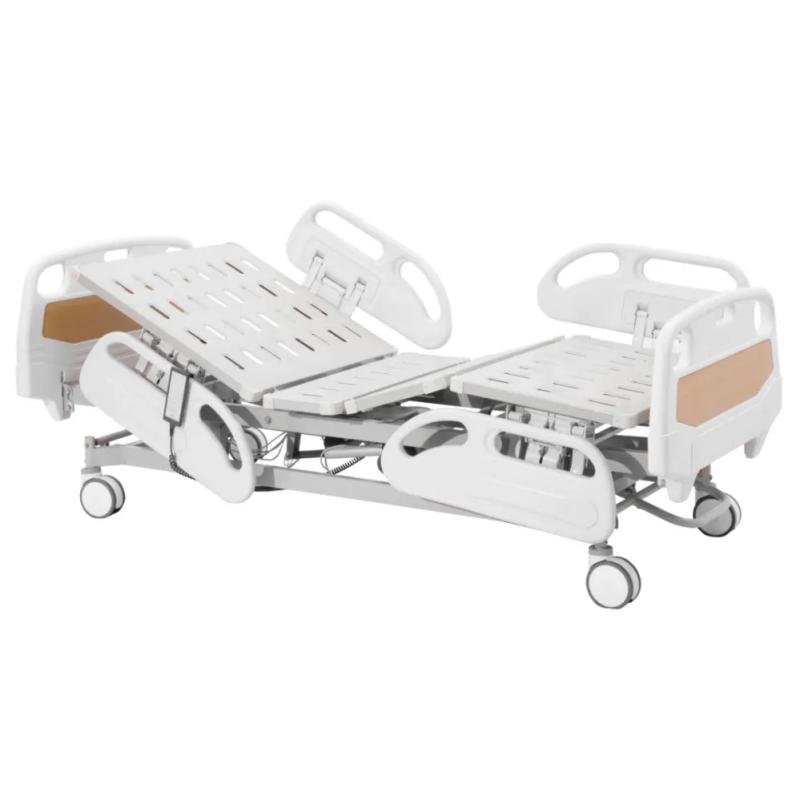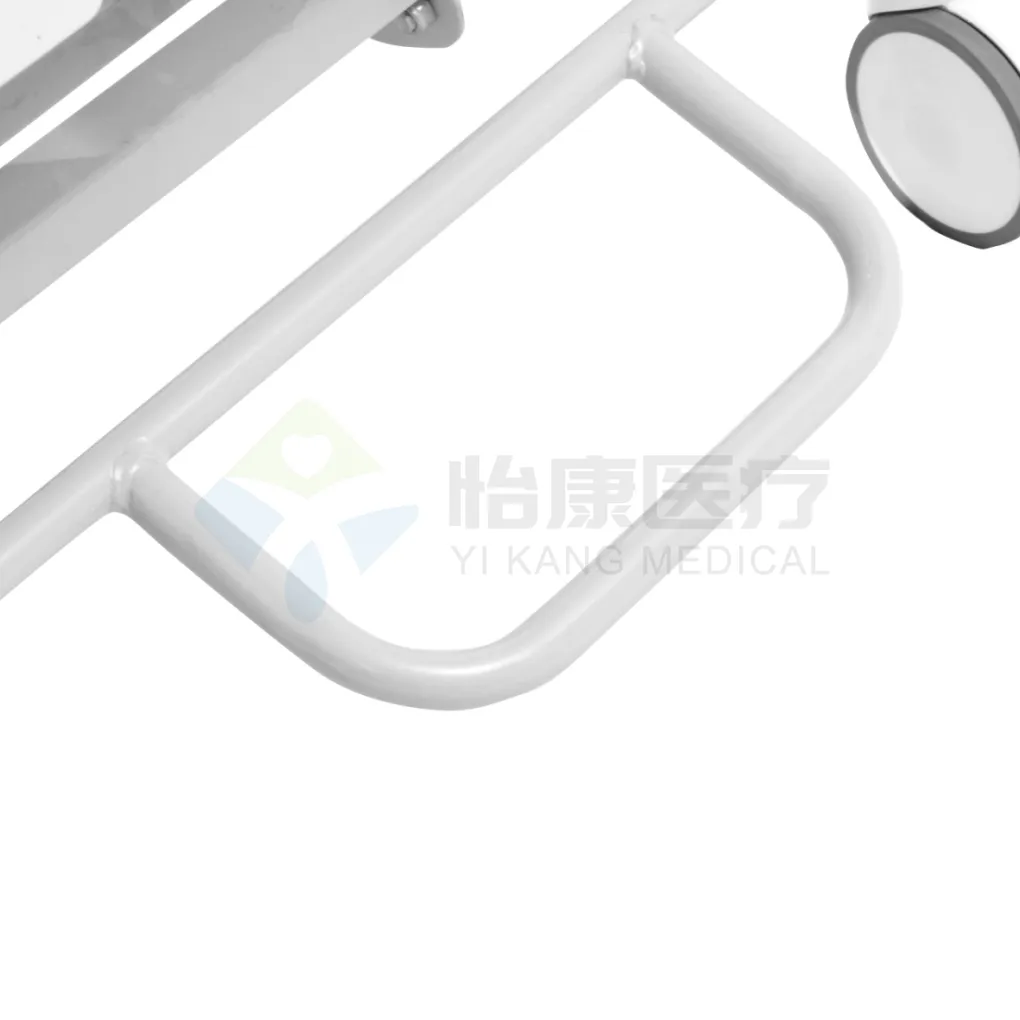In medical facilities, hospital patient beds are one of the indispensable and important equipment in the process of patient treatment and care. It is not only the infrastructure for patients to rest, treat and recover, but also an important guarantee to ensure the comfort, convenience and safety of patients. With the development of medical technology, the types and functions of hospital patient beds are becoming more and more diverse. However, many people may not pay much attention to one of the basic attributes of hospital patient beds-load-bearing capacity. In fact, the load-bearing capacity of hospital patient beds is not only closely related to the safety and comfort of patients, but also closely related to the design, structure, materials and other aspects of the bed.
This article will start from multiple professional perspectives and conduct an in-depth discussion around the question of "What is the load-bearing capacity of hospital patient beds" to help medical institutions, patients, nursing staff and bed manufacturers understand the standards and specific requirements for the load-bearing capacity of hospital patient beds.

Functions and design requirements of hospital patient beds
1. Functions of hospital patient beds
Hospital patient beds are the main facilities for providing treatment and care for patients. Their design requirements not only take into account the comfort of patients, but also need to meet various medical standards, operational convenience and safety. The basic functions of hospital patient beds mainly include the following aspects:
● Rest and treatment function: The bed needs to provide a stable and comfortable resting environment for patients. According to the specific condition of the patient, the bed also needs to support various posture adjustments, such as adjusting the inclination angle of the back, legs or the entire bed surface, so that the patient can receive different treatments and care.
● Monitoring and care function: Modern hospital patient beds are usually equipped with monitoring devices to facilitate medical staff to observe the patient's physiological indicators at any time. The bed needs to be equipped with sufficient space and facilities to support the connection and operation of various treatment equipment.
● Mobile function: Most hospital patient beds are designed with four adjustable wheels, which can make the bed easy to move in the ward, facilitating the transfer and care of patients.
● Durability and load-bearing capacity: The bed needs to bear the patient's weight as well as additional equipment, bed sheets and other care products. Its load-bearing capacity is not only related to the safety of the patient, but also closely related to the material and structural design of the bed.
2. Design and structure of hospital patient bed
The design and structure of hospital patient bed directly affect its load-bearing capacity. Common hospital patient beds usually include the following main components:
● Bed frame: The bed frame is the core part of the bed and is usually made of high-strength materials such as steel or aluminum alloy. The design of the bed frame must not only take into account the load-bearing capacity, but also ensure sufficient stability and durability.
● Mattress and bed surface: The mattress is usually made of high-density foam or memory foam material, which has good support and comfort. The design of the bed surface must be able to evenly distribute the patient's weight to avoid excessive concentration of pressure.
● Bed legs and wheels: The bed legs and wheels of the bed need to support the weight of the bed frame and ensure the stability of the bed. The wheels are usually made of high-strength plastic or metal materials, which can withstand the additional pressure of the bed during movement.

What is the load-bearing capacity of a hospital patient bed?
1. Load-bearing capacity of a standard hospital patient bed
The load-bearing capacity of a hospital patient bed depends on the materials and designs of each part, such as the bed frame, mattress, and wheels. Different types of hospital patient beds have different load-bearing capacities due to different designs and uses.
Generally speaking, the load-bearing capacity of a standard hospital patient bed is roughly between 150 kg and 250 kg. The specific load-bearing capacity varies depending on the type and function of the bed. For example:
● Ordinary beds: Most basic hospital patient beds are usually designed to bear a load of 150 kg to 180 kg. This type of bed is suitable for patients with most common diseases and can meet the needs of general patients.
● Heavy-duty beds: Some heavy-duty beds designed for obese patients, long-term bedridden patients, etc. usually have a higher load-bearing capacity of 200 kg to 300 kg. The design of this type of bed will pay more attention to the reinforcement of the bed frame and the durability of the bed surface material to adapt to higher loads.
● Smart beds: With the popularization of smart medical equipment, some high-end smart beds have multiple functions such as adjustment, automatic lifting, and massage. The load-bearing capacity of these beds is also based on their design requirements, usually between 200 kg and 250 kg.
2. Special load-bearing requirements of hospital patient beds
In addition to the conventional load-bearing standards, hospital patient beds may need to have higher load-bearing capacity in some special cases. The load-bearing requirements of these special beds are usually related to the patient's condition, body shape or use environment. For example:
● Beds for obese patients: These beds usually have higher load-bearing requirements and may need to withstand weights of up to 300 kg or even higher. In order to meet this demand, the bed frame and support system of the bed need to be specially reinforced, and the bed surface and mattress materials need to have stronger support.
● Intensive care beds: Beds in ICU wards need to have a strong load-bearing capacity, because the bed not only needs to bear the patient's weight, but also needs to accommodate various medical equipment, such as ventilators, infusion equipment, monitoring instruments, etc. Therefore, the load-bearing requirements of this type of bed are generally above 250 kg, and some bed types can reach 300 kg.

What factors affect the load-bearing capacity of hospital patient beds?
1. Material selection
The load-bearing capacity of hospital patient beds depends first on the choice of materials. The bed frame of the hospital bed generally uses high-strength materials such as steel, aluminum alloy or stainless steel, which have strong load-bearing capacity and durability. The design and connection method of the bed frame will also directly affect the load-bearing capacity. For example, the use of reinforced support and distributed pressure design can make the bed frame better disperse the weight it bears.
2. Structural design
The structural design of the hospital bed is also a key factor affecting the load-bearing capacity. Reasonable bed frame support, bed surface distribution and bed leg design can effectively increase the stability of the bed. Generally speaking, the bed leg design with four-corner support can ensure that the bed evenly shares the load, while the design with reinforced crossbeams can increase the load-bearing capacity.
3. Choice of mattress and bed surface
The choice of mattress and bed surface also has an important impact on the load-bearing capacity. Modern hospital patient bed mattresses usually use materials such as high-density foam, memory foam or air cushions, which can evenly distribute the patient's weight, reduce pressure concentration, and avoid premature aging of the bed surface. In special beds, in order to adapt to higher load-bearing requirements, the mattress design needs to be more sturdy and durable.
4. Wheel design
The bed wheels must not only meet the movement requirements of the bed, but also bear the overall weight of the bed. The wheels are usually made of high-strength plastic or metal to ensure that they can remain stable when the patient moves and withstand large loads.

What are the risks of overloading the hospital patient bed?
Although the load-bearing capacity of the hospital patient bed has been precisely designed, in some cases, overloading may lead to a series of safety hazards, including:
● Deformation or cracking of the bed frame: When the patient's weight exceeds the load-bearing capacity of the bed design, the bed frame may bend, deform, or even crack due to excessive load.
● Failure of mattress support: When the bed mattress is overloaded, it may lose its original support effect, resulting in reduced patient comfort and even increased pain and discomfort.
● Wheel damage: Excessive load may cause the bed wheel to wear more, even crack or fail to rotate normally, affecting the mobility and stability of the bed.
How to choose a suitable hospital patient bed?
It is crucial to choose a suitable hospital patient bed based on the patient's specific situation and the load-bearing requirements of the bed. Here are a few key factors to consider when choosing a hospital bed:
● Patient weight and body shape: For heavier or obese patients, it is crucial to choose a bed with a higher load-bearing capacity. It is necessary to choose a bed designed for heavy patients, which usually has a higher load-bearing capacity and stronger stability.
● Function and purpose of the bed: The load-bearing requirements of beds for different purposes are different. For special beds such as ICU beds and surgical beds, the load-bearing requirements are usually higher, and it is necessary to choose a bed that meets high standards.
● Material and structural design of the bed: Choose durable and high-strength materials to ensure that the bed frame and mattress can withstand large loads while ensuring the comfort and safety of the patient.
Can I visit your factory in Foshan, China?
Yes, we welcome all customers to visit our factory in Foshan. You can inspect the production line, view sample products, and discuss your purchasing needs with our team. We are happy to arrange factory tours and provide transportation and accommodation support if needed. Come see why Yikang Medical is a trusted Chinese manufacturer and supplier in the healthcare industry.

